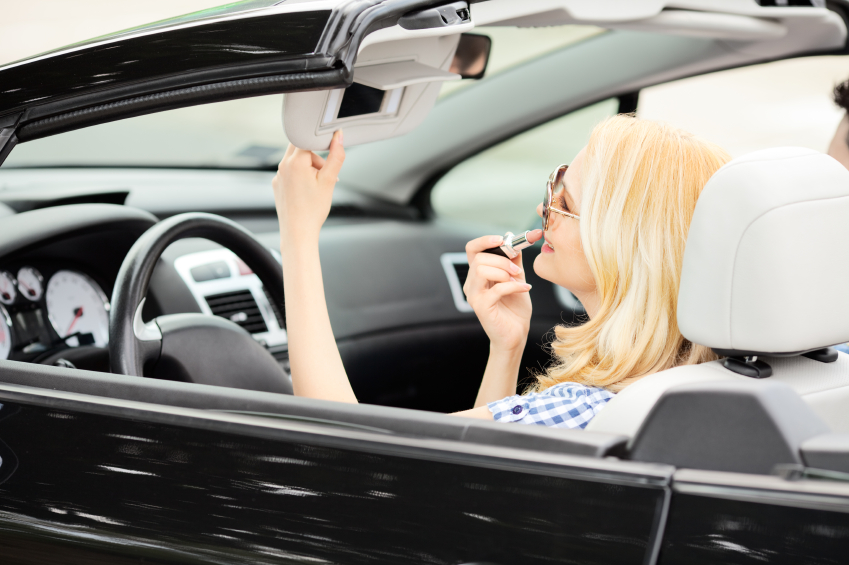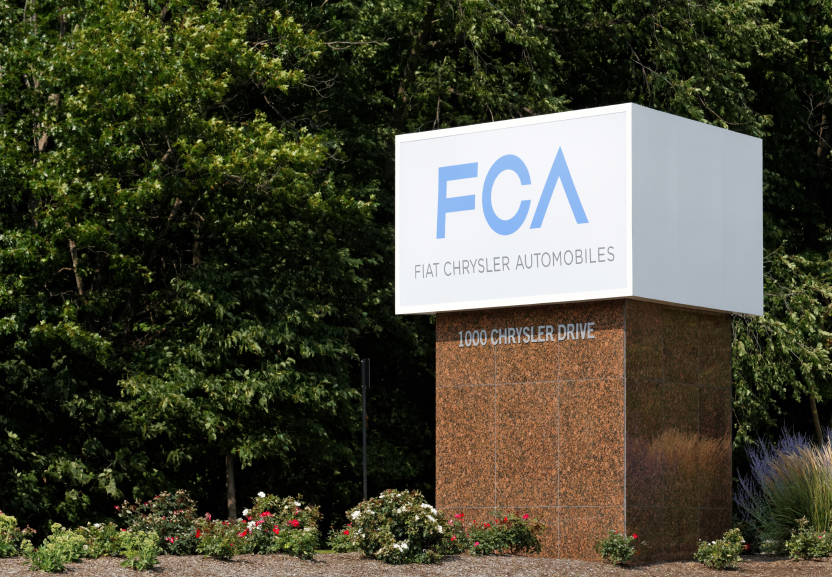
This marks the first time Google has partnered with a major car manufacturer for its self-driving program, and what it means for the auto industry could be big.
If you’re planning on becoming an auto mechanic, read on to learn more about the impact this revolutionary new technology could have on the auto industry—as well as your future career.
Big News For Google, The FCA, The Auto Industry, And Future Auto Mechanics
Google’s primary role will be to implement and manage all the autonomous technology. This includes powerful sensors that can detect details, such as children on bicycles or elderly people attempting to cross busy intersections—all from a distance of approximately 200 metres. The software will then use that information to anticipate what these people or forms may do next, and choose a safe path for the car to proceed. As a result, this technology is expected to promote much safer roads.
Why Auto Mechanics Will Appreciate the 2017 Pacifica Hybrid Minivan
“Working with Google provides an opportunity for FCA to partner with one of the world’s leading technology companies to accelerate the pace of innovation in the automotive industry,” stated FCA boss Sergio Marchionne.
Most auto industry experts know that thirty-three years have passed since the debut of Chrysler’s minivan. With the 2017 Chrysler Pacifica Hybrid, the company has reinvented the vehicle to closely resemble an SUV, featuring a more elegant and aerodynamic look compared to the previous 2008 redesign. The Pacifica is now much closer to the ground, and features larger wheels that dramatically change the riding experience.
The Pacifica hybrid is powered by a lithium-ion battery, which is located beneath the second-row seats, and can reach approximately 48 km/h before the gas engine kicks into action—a spec that any auto mechanic college graduate would deem impressive. The new Pacifica is also lighter in weight than its predecessor—about 200 lbs. lighter—allowing it much better fuel economy.
Autonomous Driving Technology: Coming Soon to Your Auto Mechanic Career
It’s very likely that you’ll see and work on self-driving cars during your auto mechanic career. That’s why the up-to-date training you’ll receive at ATC will prepare you to work with various types of engines and technologies.
By 2030, self-driving cars are expected to create $87 billion worth of opportunities for automakers and technology developers, according to a report by Boston-based Lux Research. New career opportunities for future auto mechanics will likely be part of this revolutionary change.
However, it will take some time before people warm up to the technology. A good analogy is the introduction of elevators. As Chris Urmson, head of Google’s self-driving cars project points out, “This magic thing that would whisk you up floors—you couldn’t possibly imagine relinquishing your life to this thing.” The public will want to know how these machines make decisions. Future auto mechanics could play a role in alleviating this concern.
Want to become a mechanic?
Visit ATC for more information, or speak with an advisor to start your drive to a rewarding career.


